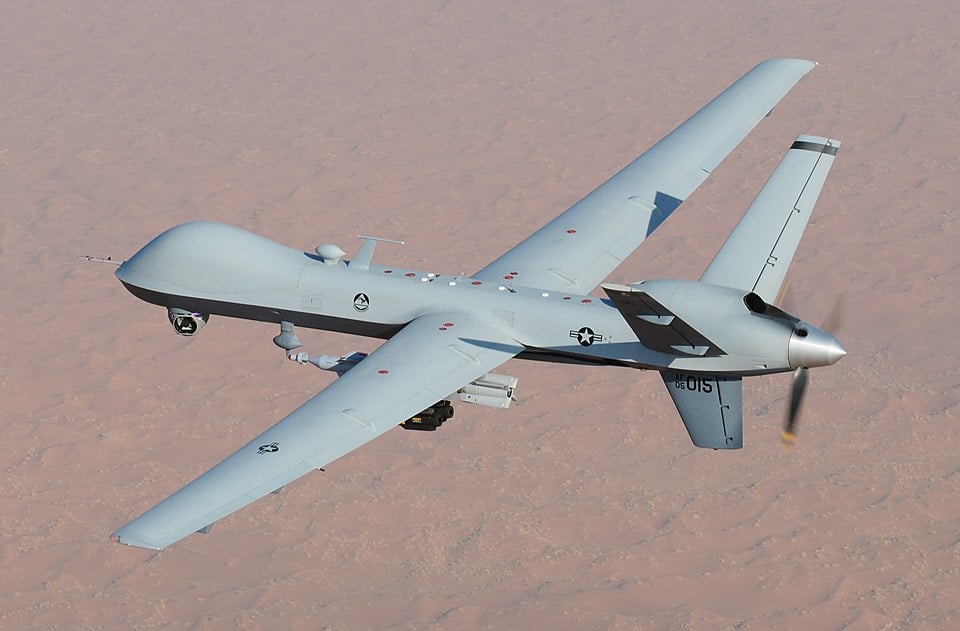Reflections from SOF Week 2025
By Mickey Miller, CEO, Vislink
Attending SOF Week 2025 in Tampa this month was a vivid reminder of how dramatically the global threat landscape has evolved – and how our collective response must evolve with it.
For years, national security strategy was shaped by counterinsurgency – fighting decentralized adversaries like the Taliban and Al-Qaeda. These conflicts were gritty, asymmetric, and localized. But the world has changed. Today, we face the reemergence of large-scale military competition, powered by advanced technologies and state-backed capabilities.
A Shift in the Nature of Threats
The threats we now confront are no longer just individuals with small arms or improvised tactics. We are increasingly dealing with organized, well-funded militaries deploying cutting-edge assets: unmanned aerial vehicles (UAVs), battlefield robotics, autonomous systems, and cyber warfare. These are high-tech, high-speed, and highly coordinated operations – and they are reshaping the battlefield.
This transition from non-state actors to peer and near-peer adversaries marks a turning point for how we prepare, communicate, and execute military missions. The pace, precision, and complexity of modern warfare demand a new standard of readiness.

Why Secure, Real-Time Communication is Now Mission Critical
One of the most recurring themes at SOF Week was the centrality of secure, real-time communications in the modern battlespace. Whether it’s delivering encrypted video feeds from UAVs, maintaining situational awareness across joint task forces, or enabling mobility without compromise – communications infrastructure is no longer in the background. It is the backbone.
The speed at which intelligence must move today – from sensor to operator, from reconnaissance to decision – is unprecedented. And it must move securely, especially in contested environments where signal jamming, interception, and spoofing are real risks.
The Role of Industry in Enabling the Mission
For companies like Vislink, this is both a challenge and a responsibility. It’s no longer enough to provide reliable technology – we must build systems that are agile, interoperable, and mission-ready.
That means supporting unmanned and autonomous platforms. It means designing for bandwidth efficiency in dense electromagnetic environments. And it means ensuring that front-line units can share and receive mission-critical data in real time – no matter where they are in the world.
Our role is to listen to the evolving needs of military teams and respond with solutions that anticipate the next threat, not just the last one.

Final Thoughts
SOF Week 2025 reaffirmed that the future of defense will be increasingly contested, connected, and technology-driven. The battles of tomorrow will depend on how well we can adapt today – how quickly we can innovate, deploy, and secure our communications infrastructure.
At Vislink, we are committed to building that future together with our partners in the defense community. The mission is too important – and the pace of change too fast – for anything less.